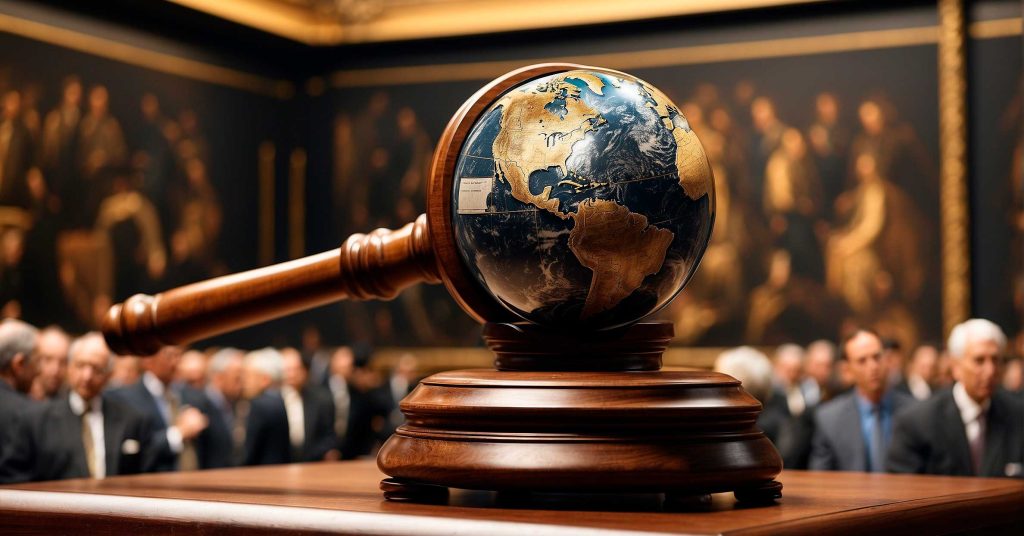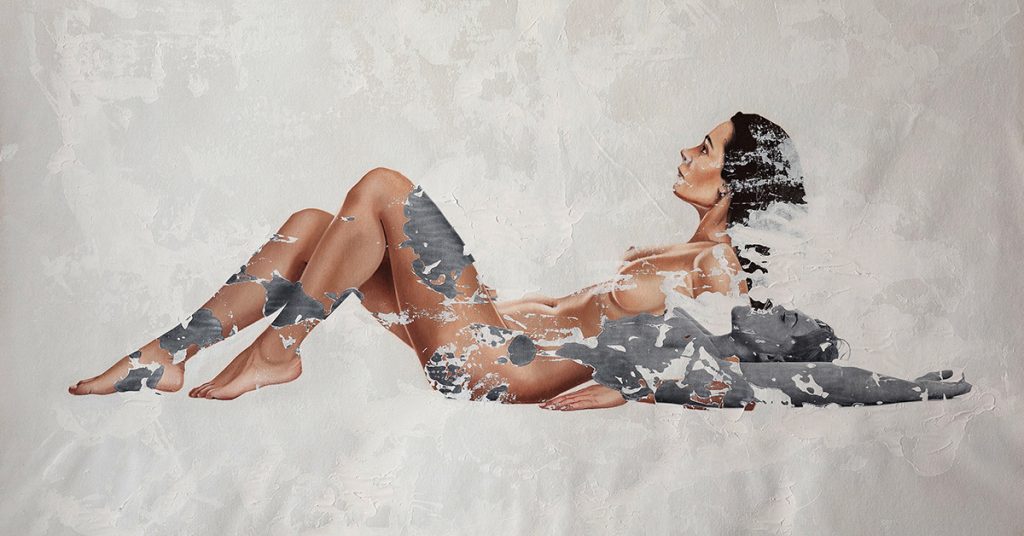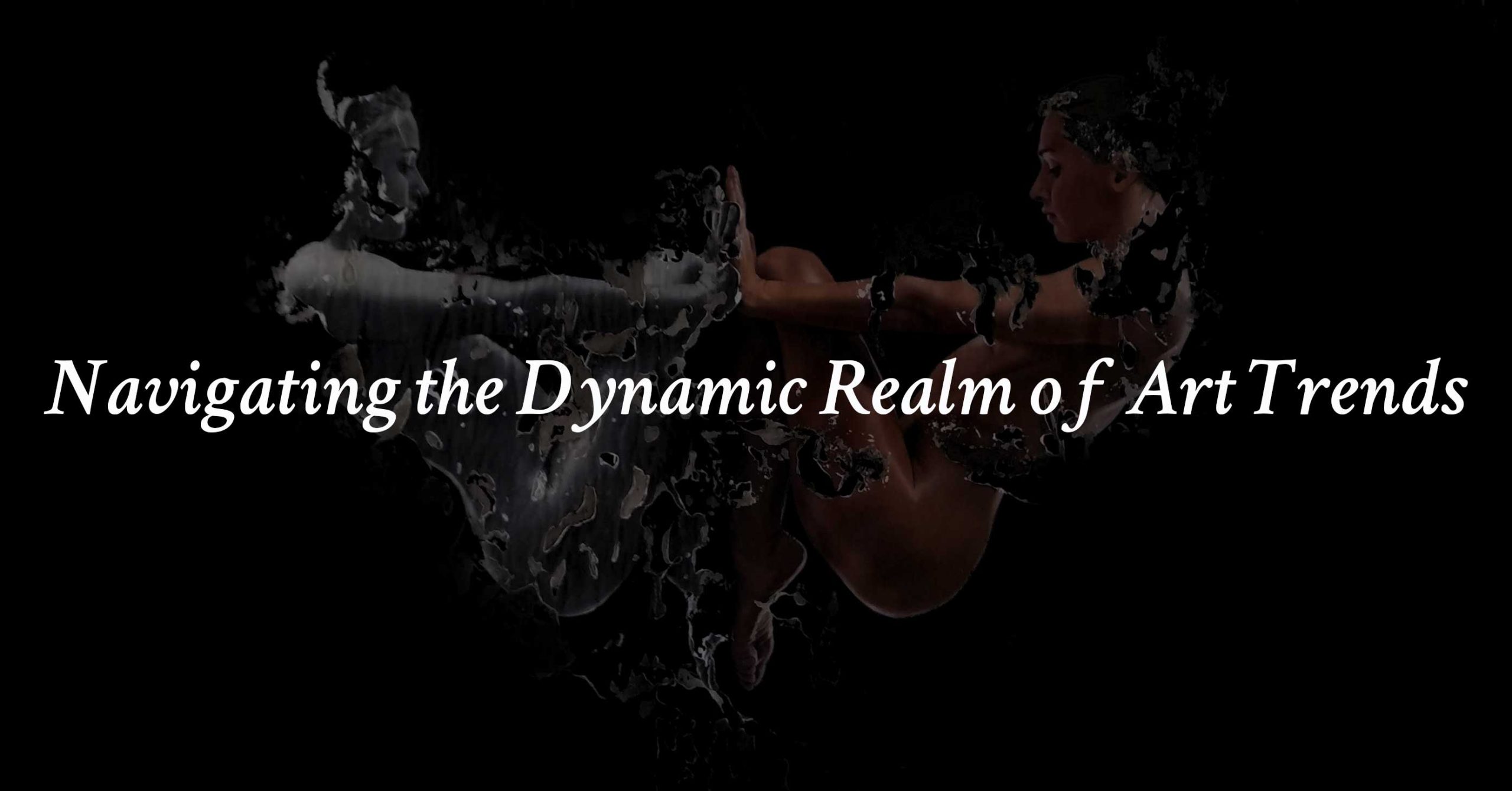
- Introduction
- What are Art Trends?
- Why are Art Trends Important?
- How Art Trends Influence the Art Market
- How Art Collectors Respond to New Art Trends
- Emerging Art Movements in 2024
- How Art Trends Have Changed Over the Past Decade
- How Social Media Has Influenced Contemporary Art Movements
- Navigating Art Trends: Raúl Lara´s Neophotorealism Art
- How to Stay Up-to-Date with Art Trends
- Conclusion
Art, like life, is in a perpetual state of flux, evolving and reshaping itself over time. Within this ever-shifting landscape, staying attuned to the latest art trends becomes paramount. Let’s embark on a journey to unravel the nuances of art trends, exploring their essence, impact, and the art of staying ahead.
Introduction
In the kaleidoscopic realm of creativity, the term “art trends” echoes with significance. These are not merely fleeting whims of artistic expression but rather the heartbeat of contemporary artistic evolution. Understanding the pulse of art trends is not just for the artists themselves; it’s a shared journey for enthusiasts, collectors, and the culturally curious.
Briefing the Palette
Before delving deeper, let’s pause to recognize why it’s crucial to stay abreast of art trends. Imagine navigating a museum where each canvas tells a story, not just of its creator, but of the time it was born into. Art tendencys serve as windows into the collective consciousness of an era, reflecting societal shifts, technological advancements, and cultural metamorphoses.
What are Art Trends?
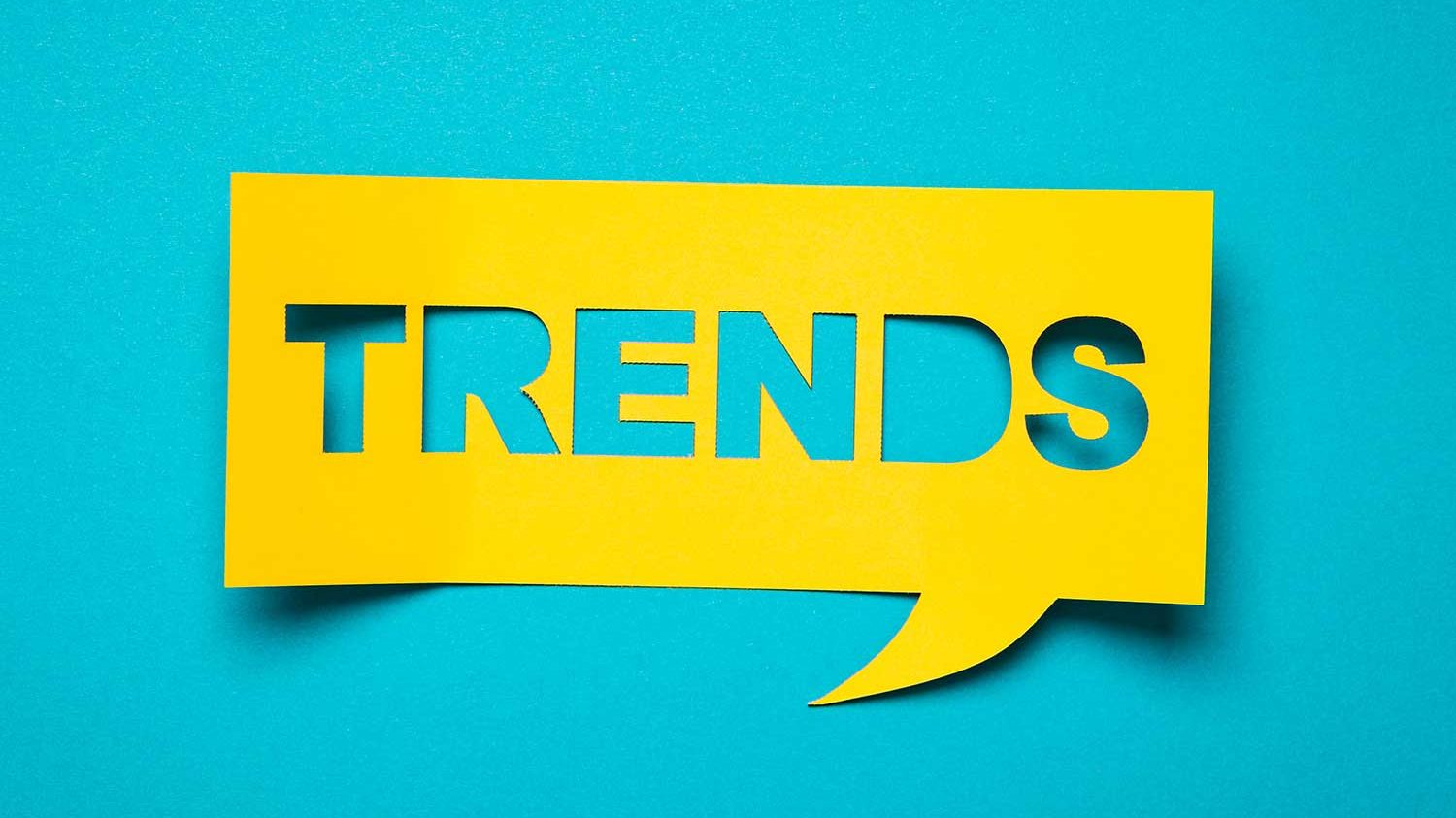

To truly appreciate art trends, it’s essential to distinguish them from their more steadfast counterparts—art movements. While art movements encapsulate a broader, cohesive philosophy shared by a group of artists, art trends are the nuanced brushstrokes within these movements. They are the ephemeral whispers that traverse the artistic landscape, introducing fresh perspectives and novel techniques.
Decoding the Brushstrokes
Art trends, much like microcosmic ripples on a pond, capture the subtleties of evolving tastes, mediums, and thematic preferences. Unlike the enduring nature of art movements, trends are responsive, reacting swiftly to the pulse of contemporary society.
Why are Art Trends Important?
Now, let’s unravel the tapestry of significance woven by art trends. They are not mere stylistic fads but powerful catalysts that shape the art market and mirror broader cultural currents.
A Mirror to Society
Art trends offer a kaleidoscopic reflection of our society’s ethos. From the digital revolution to environmental concerns, artists channel these influences into their creations, rendering art a living chronicle of our collective consciousness.
Market Dynamics
For collectors and investors, understanding art tendencys is akin to reading the stock market. Anticipating shifts allows for strategic acquisitions, ensuring that one’s collection remains not only aesthetically relevant but also economically savvy.
How Art Trends Influence the Art Market
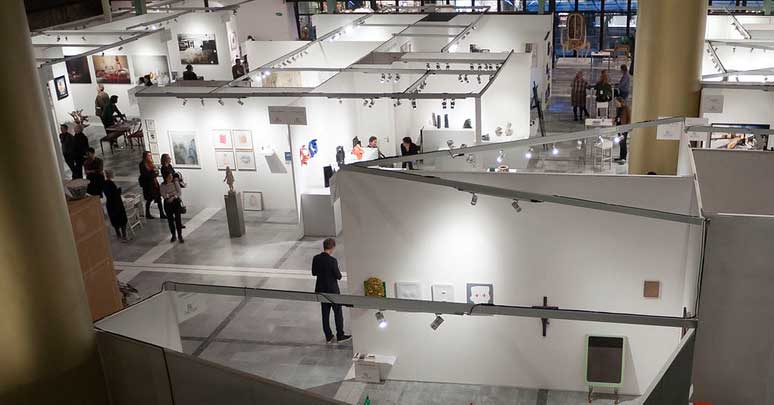

The symbiotic dance between art trends and the market is a fascinating interplay. When a particular style or theme gains traction, it becomes a commodity within the art market.
Economic Valuation
Art that aligns with prevailing trends often experiences heightened demand, influencing its economic value. Collectors seek pieces that not only resonate aesthetically but also align with the cultural zeitgeist.
Shaping Art Galleries
Galleries, as tastemakers in the art world, adapt their curation to reflect current trends. This not only attracts a broader audience but positions them as hubs for innovative and relevant artistic expression.
How Art Collectors Respond to New Art Trends
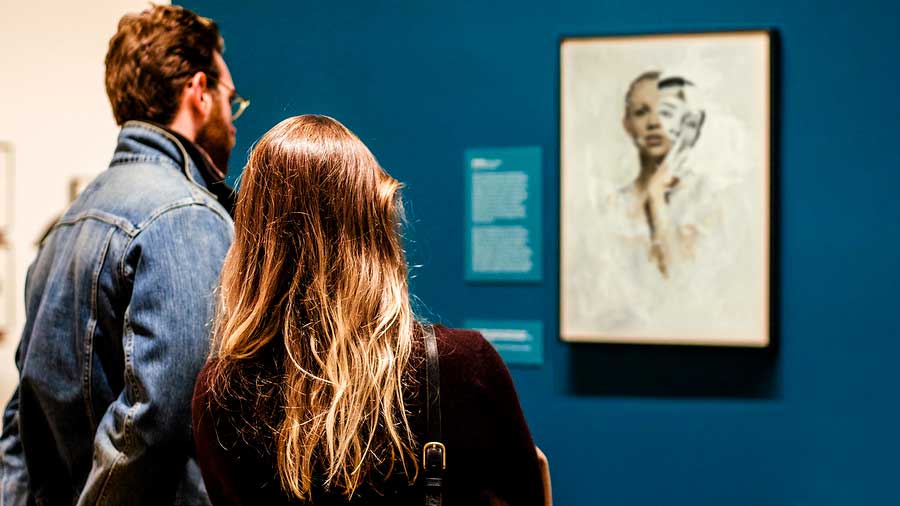

Collectors, as the custodians of artistic legacies, play a pivotal role in the evolution of trends. Their response to emerging styles dictates the trajectory of an artist’s career and the trajectory of a trend.
Curatorial Vision
Visionary collectors often act as trendsetters, championing artists whose work aligns with emerging trends. Their discernment shapes the narrative of what becomes culturally significant.
Investment Strategy
Collectors mindful of market dynamics strategically diversify their portfolios, balancing established artists with rising stars, ensuring a dynamic collection that reflects the kaleidoscope of contemporary creativity.
Emerging Art Movements in 2024
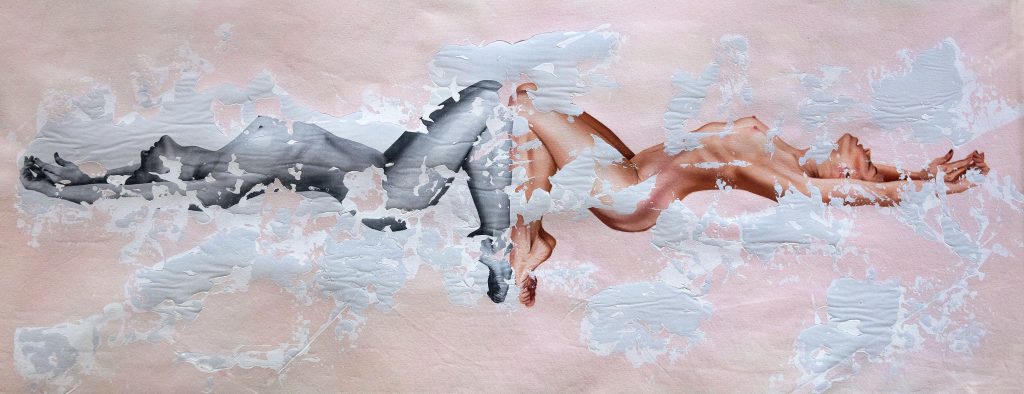

Anticipated art movements for 2024 showcase a diverse range of styles and techniques:
1. Large-Scale Abstracts
Abstract art, especially in large-scale formats, is poised to remain a driving force throughout 2024.
2. Return to Authenticity and Tangibility
Artists are rediscovering the allure of real, painted works, emphasizing palpable textures and material supports. This trend invites viewers into a visual and original narrative.
3. Emergence of Hyper-Realistic Illustrations
Hyper-realistic illustrations are set to gain popularity, offering detailed and lifelike imagery to captivate audiences.
4. Resurgence of Minimalism and Monochrome
The minimalist and monochrome aesthetics are making a comeback, as artists explore simplicity and pared-down visual expressions.
5. Expanding Art and Fashion Collaborations
The collaboration between art and fashion is projected to expand further, resulting in innovative and boundary-pushing creative work.
6. Continued Rise of Digital Art
The upward trajectory of digital art is expected to persist, as artists explore new techniques and push the boundaries of the medium.
These emerging trends in 2024 represent a harmonious blend of traditional and modern approaches to art, encompassing a rich variety of styles and techniques.
How Art Trends Have Changed Over the Past Decade
The landscape of art trends has undergone a metamorphosis over the past decade, mirroring the rapid changes in technology, society, and global dynamics.
Acceleration of Digital Dominance
The last decade witnessed an unprecedented surge in digital art, propelled by technological advancements and the rise of online platforms. What was once a niche has become a defining force, shaping artistic expression in the digital age.
Globalization and Hybridization
Art trends are no longer confined by geographical boundaries. The past decade saw a convergence of styles, as artists draw inspiration from diverse cultures, creating a rich tapestry of hybridized expressions.
How Social Media Has Influenced Contemporary Art Movements
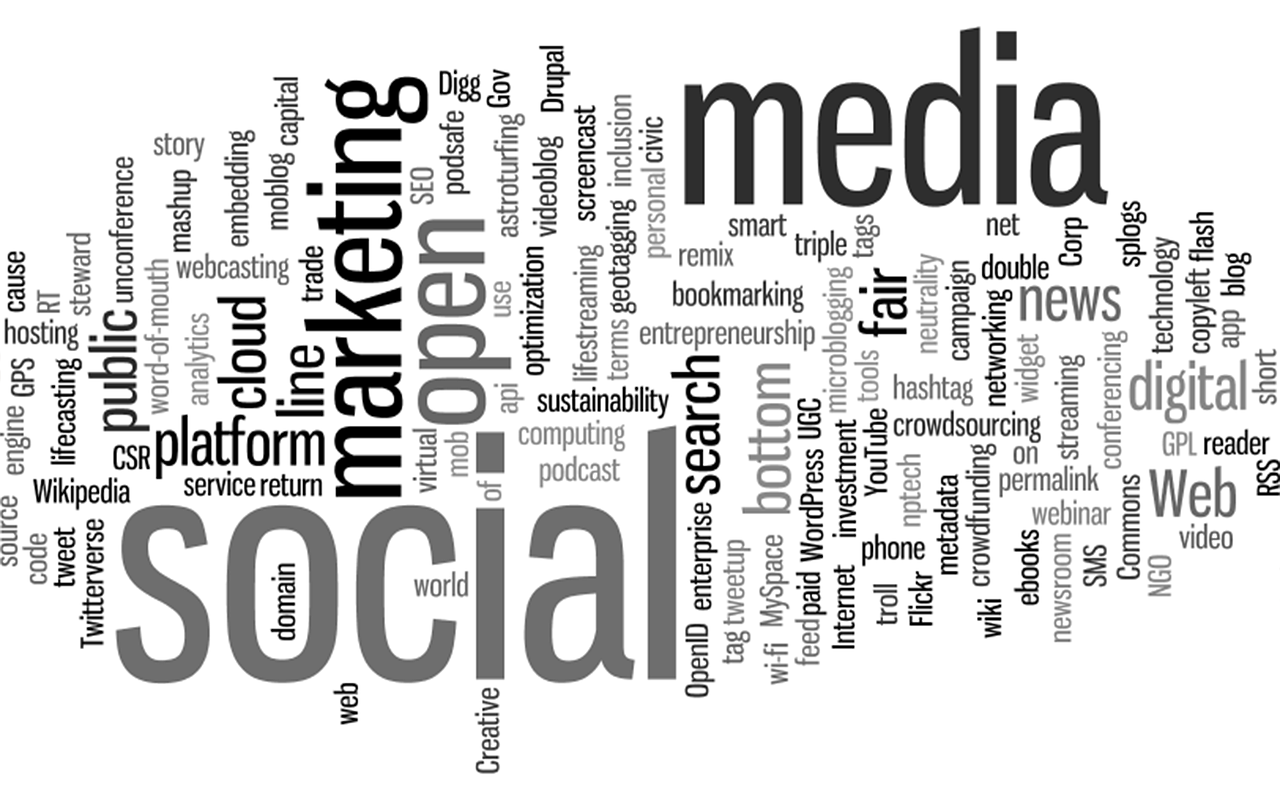

In an era dominated by connectivity, social media serves as both a canvas and a curator, profoundly impacting the trajectory of contemporary art movements.
Democratisation of Visibility
Social media platforms provide a democratic stage for artists, enabling them to showcase their work globally. This shift has empowered emerging talents, dismantling traditional gatekeeping mechanisms.
Virality and Trend Propagation
The viral nature of social media catapults art into the spotlight, creating instant trends. Hashtags become brushstrokes, and retweets echo in galleries, amplifying the reach and impact of contemporary art movements.
Navigating Art Trends: Raúl Lara´s Neophotorealism Art
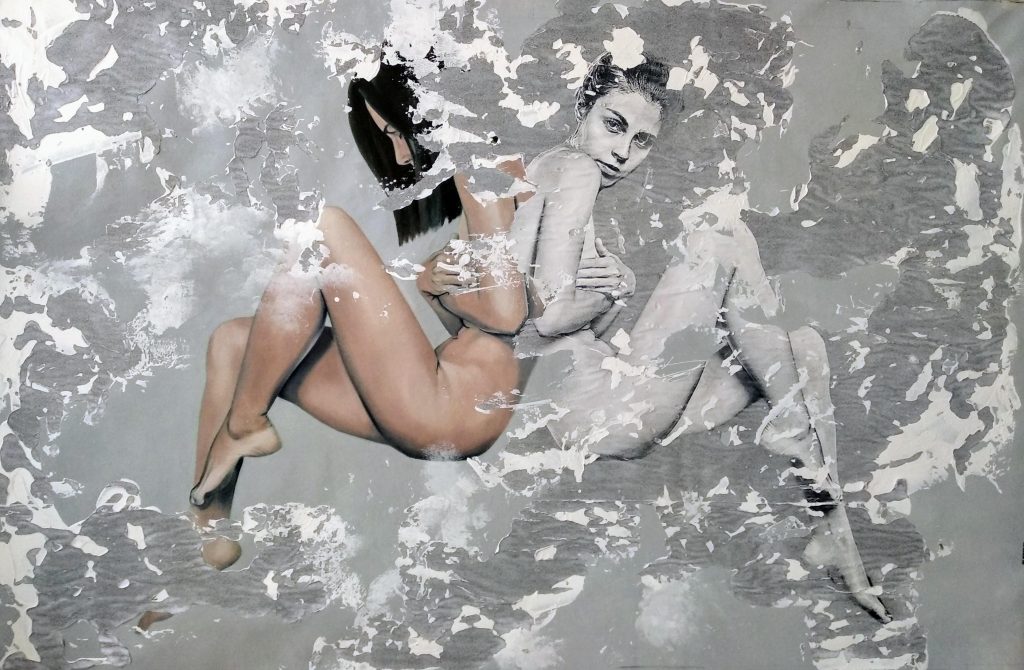

Within the niche of figurative painting, Neophotorealism emerges as a captivating art trend, transcending mere representation to delve into the intricate layers of the human experience. Renowned artist Raúl Lara masterfully employs this style to create paintings that resonate with the profound and universal aspects of our internal worlds.
In Raul Lara’s hands, Neophotorealism becomes a vehicle for introspection, offering a visual journey through the stages of overcoming, internal conflicts, and the myriad masks we wear in our daily lives. Explore how this unique blend of classical painting and image transfer technique goes beyond the surface, drawing viewers into a world where the lines between reality and artistic interpretation blur.
His figurative paintings are a testament to the diversity of human identity—the complex interplay between what we project outward and the rich tapestry of thoughts and emotions we harbor within. Lara’s work captures the essence of being oneself while embodying a multitude of personas simultaneously, representing an exploration of the dynamic nature of self-perception. It’s an artistic journey that invites you to connect with the depth of your own emotions and experiences, a reflection of the beauty found in the complexity of being human.
-


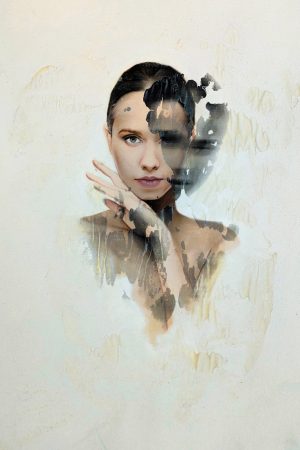 Tempus Fugit I1.656,00 €
Tempus Fugit I1.656,00 € -


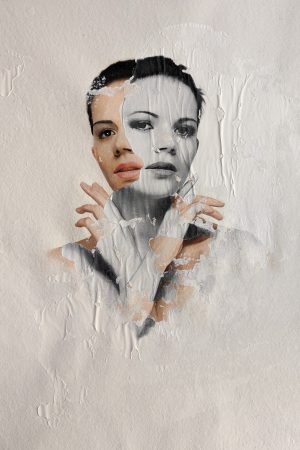 Fracti X1.656,00 €
Fracti X1.656,00 € -


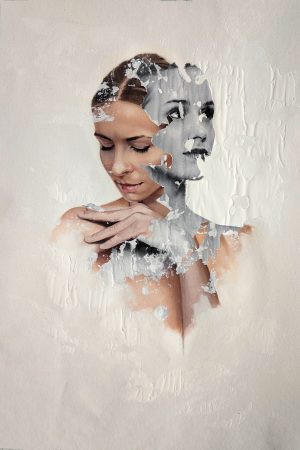 Fracti VIII1.656,00 €
Fracti VIII1.656,00 € -


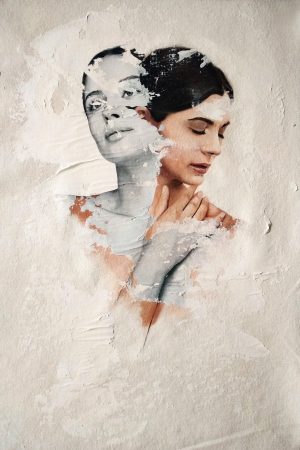 Fracti VII1.656,00 €
Fracti VII1.656,00 €
How to Stay Up-to-Date with Art Trends
Navigating the dynamic currents of art trends requires more than a passive gaze; it demands active participation.
1. Art Blogs: The Digital Chronicles
In the virtual realm, art blogs serve as dynamic repositories of trends, critiques, and artist spotlights. Subscribing to reputable blogs ensures a steady influx of artistic insights.
2. Art Fairs: A Carnival of Creativity
Immerse yourself in the vibrant energy of art fairs, where trends crystallize and collide. These events not only showcase established artists but also unveil the rising stars shaping tomorrow’s trends.
3. Galleries and Museums: Temples of Tradition and Innovation
While digital platforms offer immediacy, the physicality of galleries and museums remains irreplaceable. Wander through hallowed halls and cutting-edge exhibits to witness the spectrum of artistic evolution.
Conclusion
As we draw the curtain
on our exploration, the essence of art tendencys reveals itself as a living dialogue between creators and their epoch. To appreciate art is to engage with the pulse of our times, to decode the intricate language of colors, shapes, and concepts.
Staying attuned to art trends is not a passive act; it’s an immersion into the zeitgeist, a commitment to witness the canvas of human expression continually reborn. So, let’s not just view art; let’s become a part of its ever-evolving narrative.
FAQs
Q1: How do art trends differ from art movements?
A1: While art movements encompass broader philosophies shared by groups of artists, art tendencys are transient expressions within these movements, reflecting current tastes and influences.
Q2: Are digital art and NFTs here to stay, or is it a passing trend?
A2: The digital frontier in art is becoming increasingly integral. While specific trends may evolve, the overall shift towards digital mediums appears enduring.
Q3: Can street art be considered a legitimate form of artistic expression?
A3: Absolutely. Street art challenges traditional notions of art spaces, making a powerful statement about accessibility and democratization of creativity.
Q4: How can one start collecting art without breaking the bank?
A4: Begin by exploring emerging artists and attending local art fairs. Additionally, consider starting with smaller pieces or prints from artists on the rise.
Q5: Is there a connection between environmental consciousness and the rise of environmental art trends?
A5: Yes, environmental art often serves as a visual call to action, blending aesthetics with ecological awareness. The rise of this trend aligns with growing environmental concerns.
Q6: How do art trends influence the art market?
A6: Art trends act as economic catalysts, influencing the value of art and shaping the curation of galleries. Collectors often seek pieces aligned with prevailing trends, impacting market dynamics.
Q7: How do art collectors respond to new art trends?
A7: Collectors play a pivotal role in shaping trends, responding through curatorial choices and investment strategies. Visionary collectors often pave the way for emerging artists and new movements.

